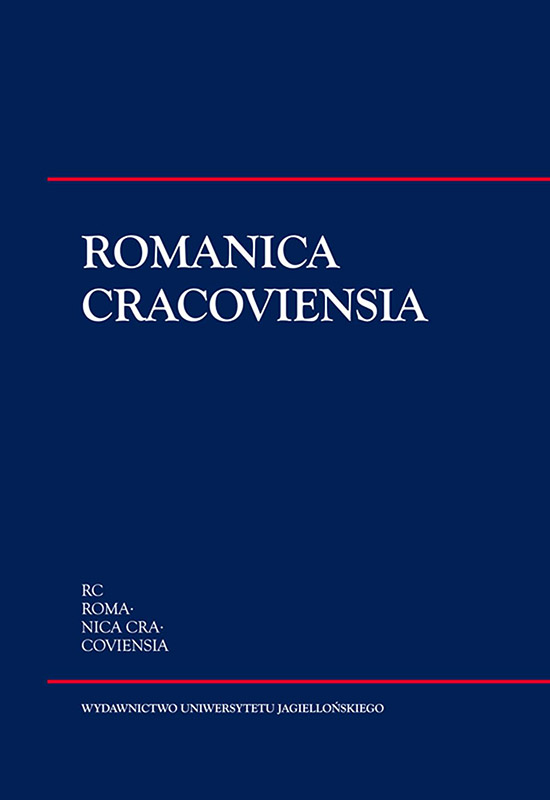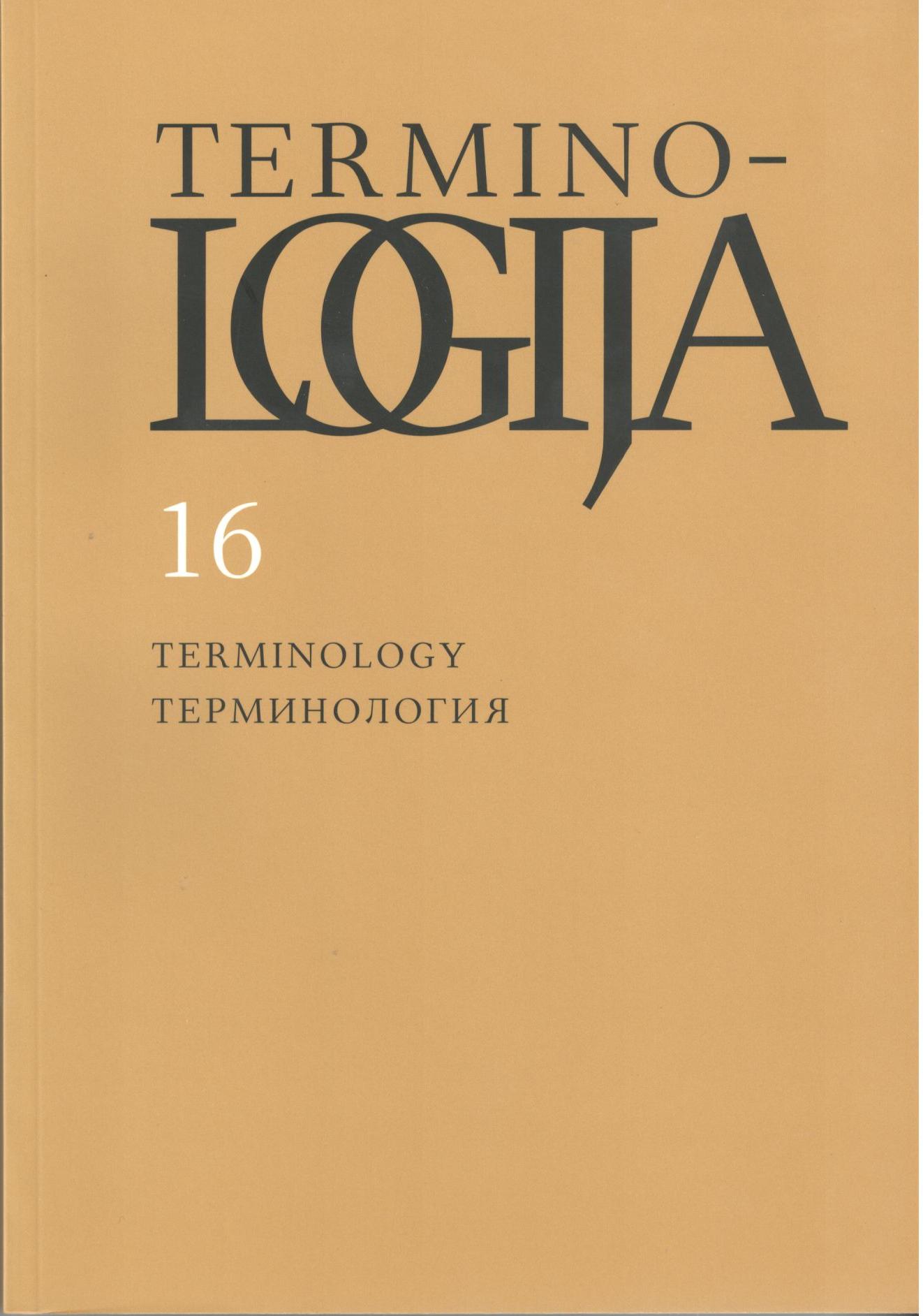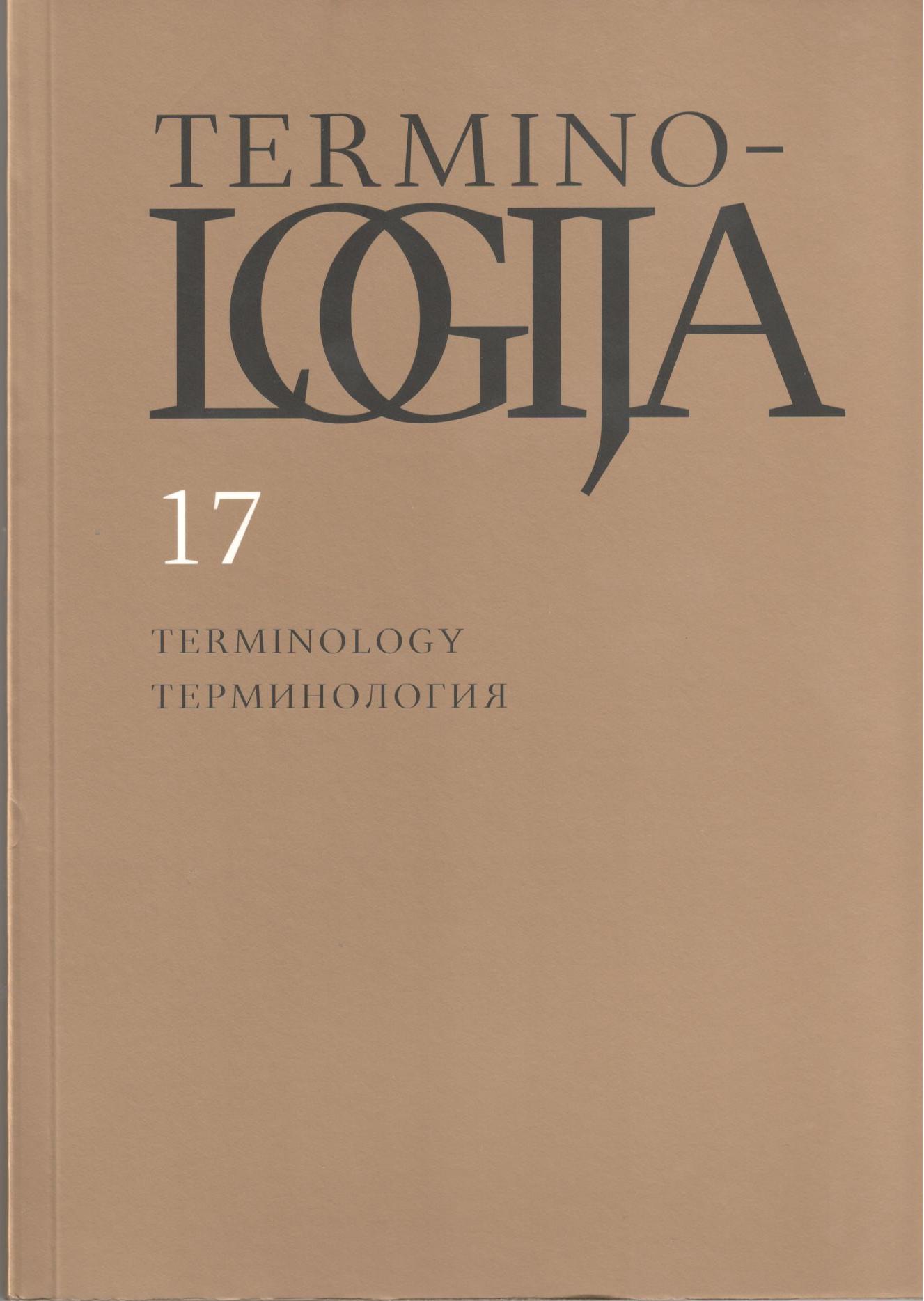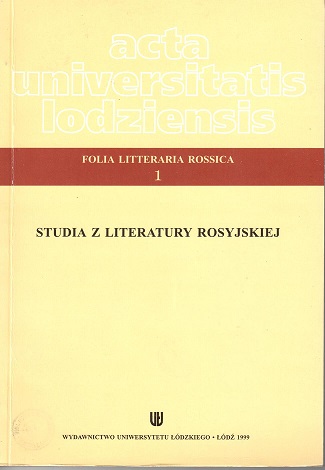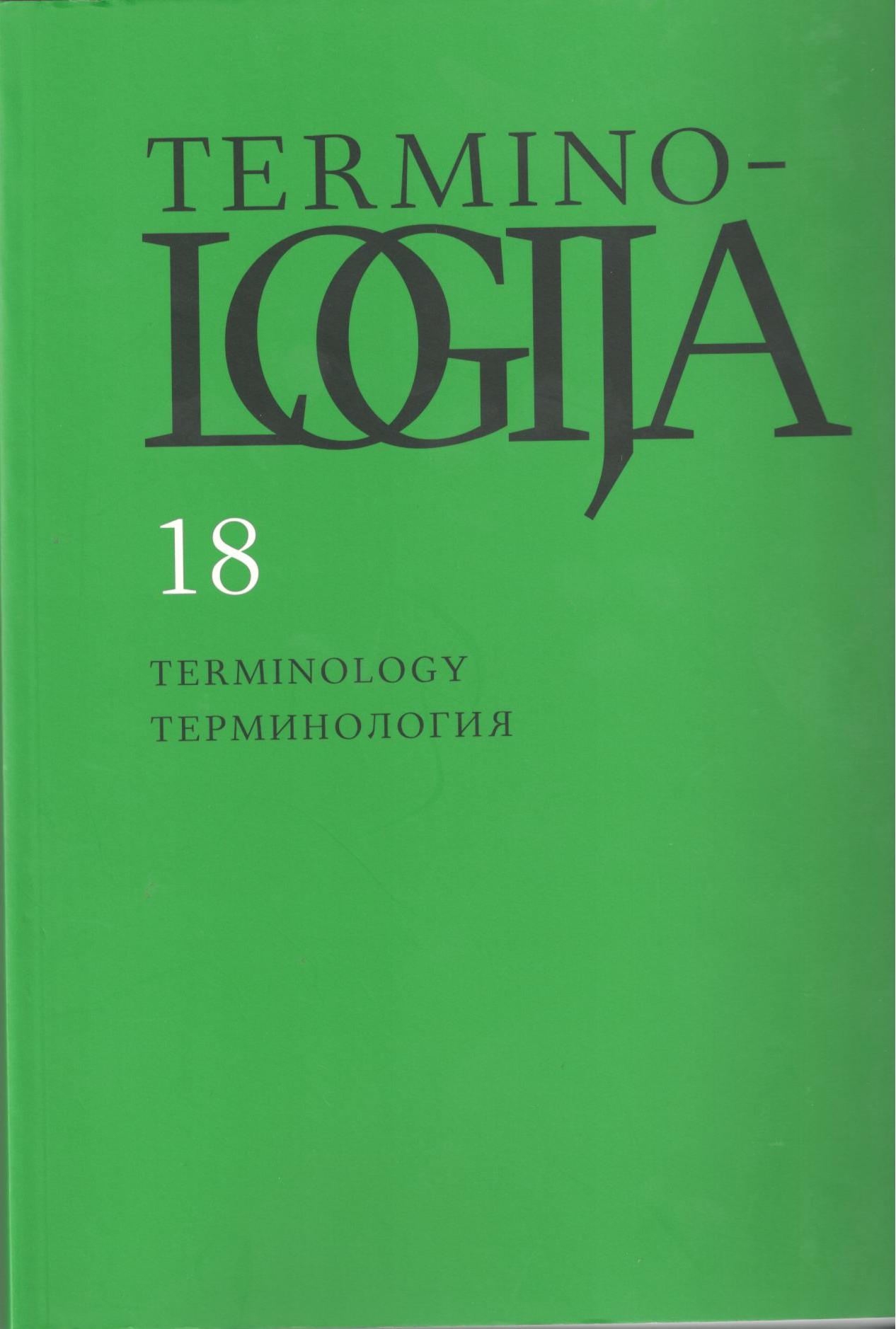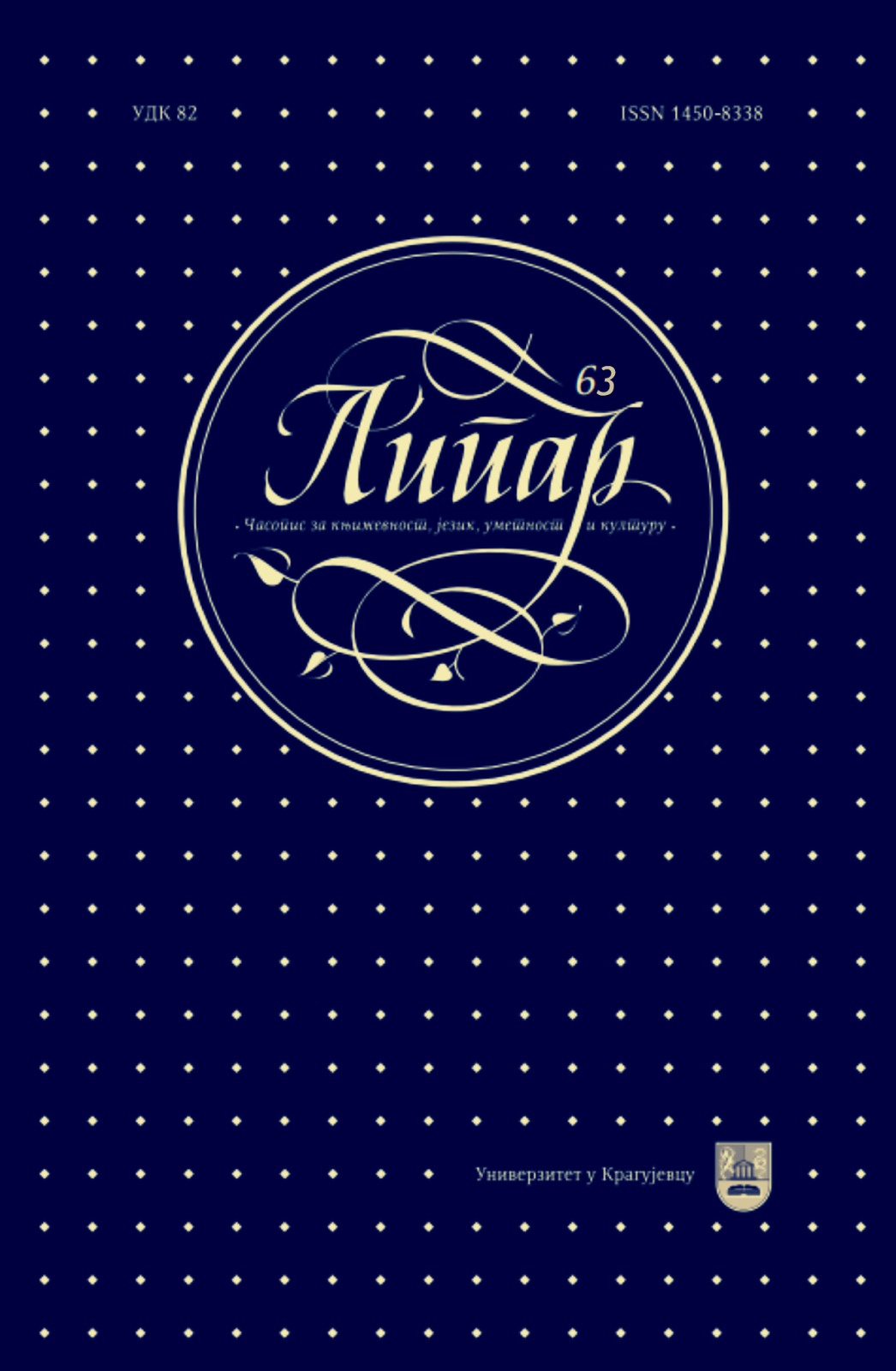Author(s): Robertas Stunžinas / Language(s): Lithuanian
Issue: 17/2010
This article deals with the synonymy of folk terminology of houses, their parts, rooms and constructions. In total 225 terms are analyzed. In scientific terminology synonymy is treated as an imperfection whereas in folk terminology it is considered a usual phenomenon, which shows the semantic flexibility of ordinary language.A quarter (27%) of the terms are names for houses. The group of general names for a house consists of almost thirty heterogeneous terms. Most of them are Lithuanian words: apseigos LKŽe, butas LKŽe, LKA I 34, duba LKŽe, gyvenamoji LKA I 34, gyvenimas LKŽe, gūžta LKŽe, namas. Part of synonyms are Slavic or Germanic loans and hybrids: grinyčia LKŽe, gryčia LKA I 34, LKŽe, KupŽ I 733, rūmas LKŽe, xbakūžė LKŽe, ZanavŽl 100, xbudavonė LKŽe, gryčiotė KupŽ I 735, xšeimynstubė LKA I 34. The variety of synonyms can be explained by the house development and regional use of terms. Types of houses also are denoted by various heterogeneous synonyms, for example, a clay house is named by three Lithuanian terms and one Slavic loan: krėstinė LKŽe, molinalė LKŽe, plūktinis LKŽe, xlepenka (1. lepiankd) LKŽe.One third (37.8%) of the terms denote rooms. The living room is named by 12 heterogeneous synonyms: buta LKŽe, kampas LKŽe, KazlRŽ I 315, LazŽ 105, patalpa LKŽe, pirkia LKŽe, LKA I 34, troba LKŽe, DūnŽ 406, LKA I 34, bakava LKŽe, xstancija LKŽe. Other types of rooms are also denoted by groups of heterogeneous synonyms.One seventh (13.7%) of the terms are names for parts of a house. The largest group of names is for the house annex; it consists of 26 heterogeneous synonymous terms: butas LKA I 39, butelis LKA I 39, ZanavŽl 201, butukas LKA 1 39, priebutis LKA I 39, priešbutis LKA I 39, prieangis LKŽe, LKA I 39, prieangėlis LKA 1 39, iškištinis LKA I 40, prieduris LKŽe, priemenukė LKA I 40, priešinė LKŽe.Names of constructions amount to one fifth (21.4%) of the terms. Synonymic nomination of constructions is rather rare. The reason is that traditional Lithuanian houses had similar constructions. The clay flour of a house is named by 12 heterogeneous synonyms: asla LKŽe, DruskŽ 20, KazlRŽ I 29, LKA I 36, grendymas DruskŽ 111, KazlRŽ I 251, LazŽ 86, LKA I 37, ZanavŽl 496, grinda LKŽe, kluonas LKA I 37, laitas LKŽe, LKA I 37. Seven synonymous terms denote ceiling: lubos LKŽe, DūnŽ 181, KazlRŽ 467, KaltŽ 154, LazŽ 151, LKA I 36, ZanavŽ2 99, užlos LKŽe, xstalevonia LKA I 36, xpacesas LKA I 36, xdekis LKA I 36, grindys LKA I 36, xlubavonia LKA I 36. The roof is named by five synonyms, three of them are Lithuanian words and two are Slavic loans: dangtis LKŽe, LKA I 35, palėpė LKŽe, stogas LKŽe, LKA I 34, ZanavŽ3 182, xdokas LKŽe, DruskŽ 70, LazŽ 61, xstriekas LKŽe, DruskŽ 352, LKA I 35. The majority of general names for roofs are also used as specific names, for instance they also denote thatched roofs.
More...

